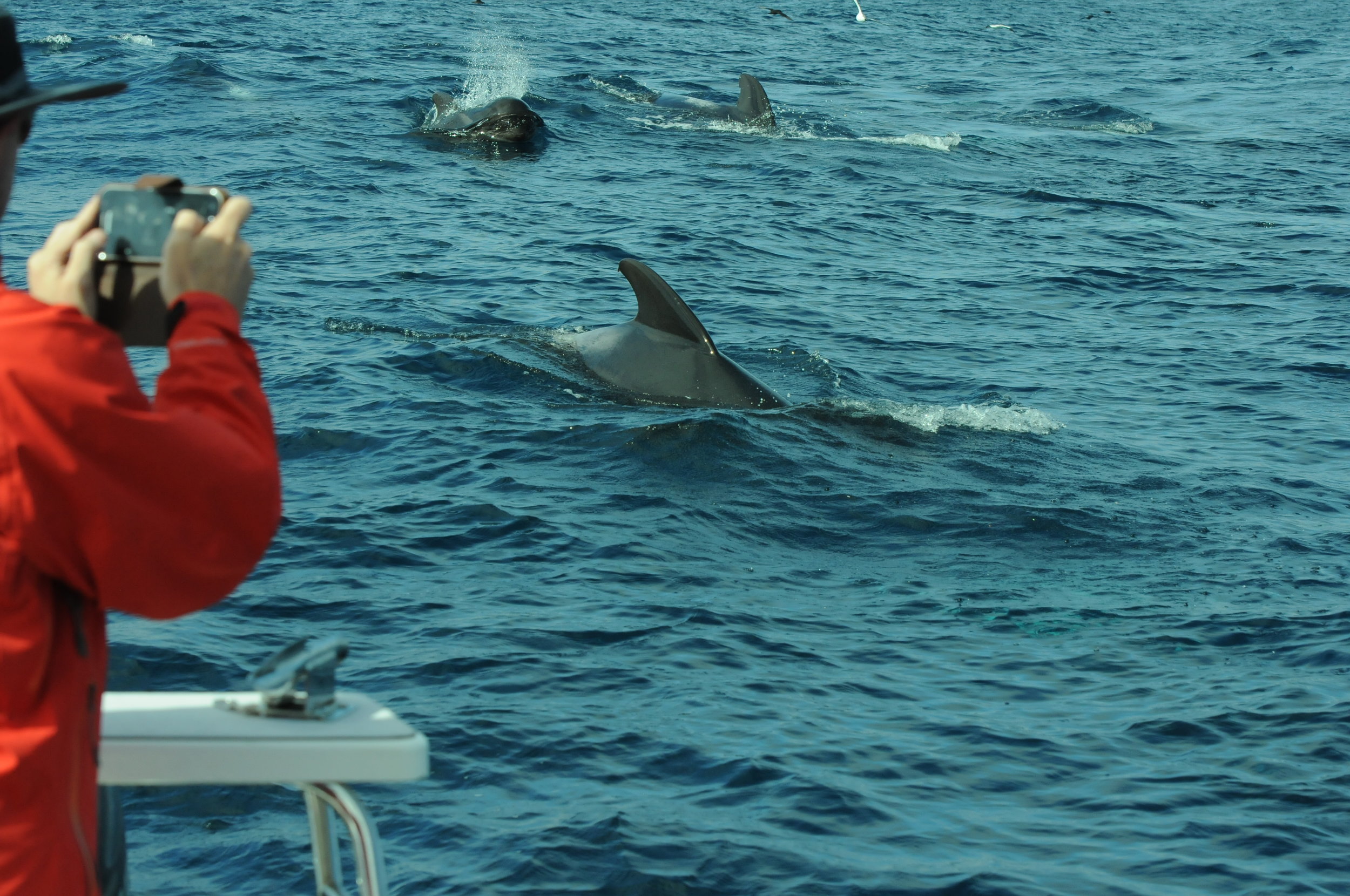Yesterday, we headed off Cape Point, heading for the well known "Canyon" area in search of Pelagic Sea Birds! Unfortunately we weren't able to find any trawlers or long-liners (which usually have thousands of Pelagic Sea Birds following) so we decided to use an alternative method known as "chumming" to attract these birds. Chumming is the practice of luring various animals, usually fish, but also birds, by throwing "chum" into the water. Chum is bait which consists of fish parts, bone and blood, which attract fish or birds, owing to their acute sense of smell. We managed to lure a fair number of birds which included; Pintado Petrels, White Chinned Petrels, Sooty Shearwaters, Southern Giant Petrel, Northern Giant Petrel, Wilsons Storm Petrel, Subantarctic Skua and the Black-Browed Albatross, which is featured in the picture below.
Our guests managed to get some really amazing pictures of these magnificent sea birds and we soon after started making our way back to Simonstown, but our day wasn't quite over yet - About 8 miles from Cape Point we came across a pod of Orca Whales, which were busy feeding and putting on a show! This is a huge playing factor on why the Great White Shark season in False Bay, Seal Island has been so slow lately. The Orca Whales, also known as "Killer Whales" have been targeting Great White Sharks along our coastlines and killing them for their livers, which is known to be the most nutritional part of the animal!
It was a great trip for everyone involved! :)
Photo: Jeffery Slater



